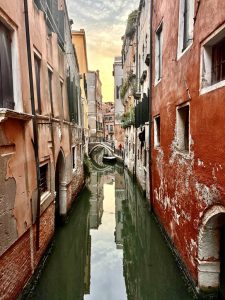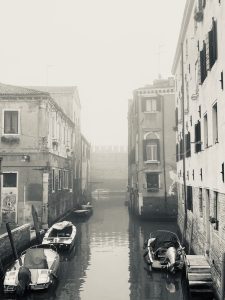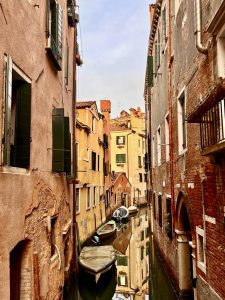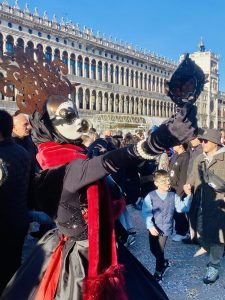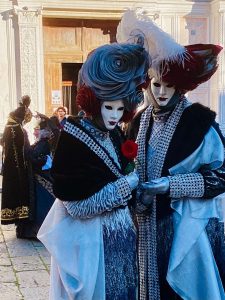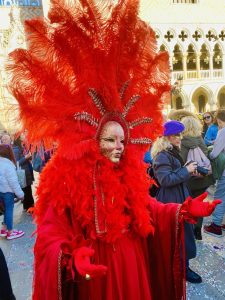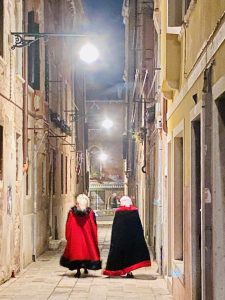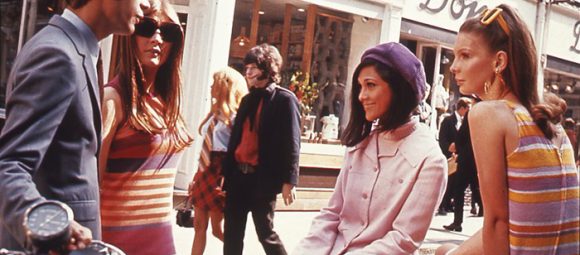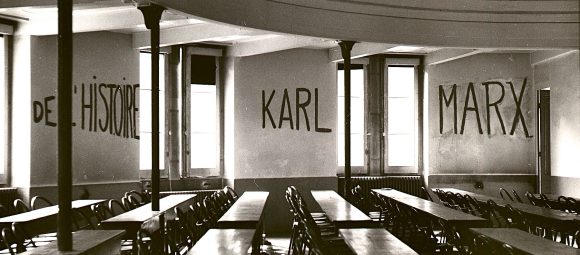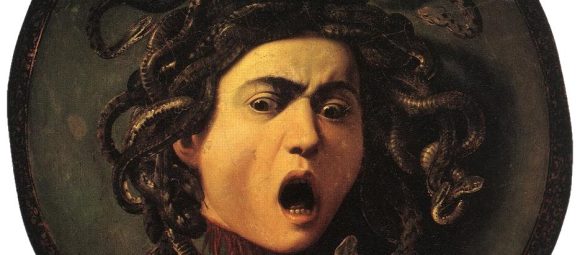Venice: A City Born from the Waters
The Origins: From Refuge to Republic
Venice was born out of necessity. In the 5th–6th centuries AD, as waves of Germanic tribes invaded the Italian mainland, refugees from Roman towns like Aquileia, Padua, and Altino fled to the marshy, mosquito-infested islets of the Venetian Lagoon. There, in an unwelcoming landscape of mudflats and tidal waters, they found protection and the seeds of a future republic.
By 726, Venice had elected its first doge (leader), signaling the beginnings of self-governance. Though nominally under Byzantine control, Venice steadily gained autonomy, forging a delicate balance between East and West.
The Rise of a Maritime Empire
Venice’s strategic location between East and West made it a powerhouse in Mediterranean trade. By the 10th century, the city was a thriving commercial hub dealing in spices, silk, and precious goods from Byzantium and the Islamic world.
The apex of its power came in the 13th and 14th centuries. Venice played a decisive role in the Fourth Crusade (1202–1204), during which it diverted the Crusaders to Constantinople and profited immensely from the looting of the Byzantine capital. This event marked the beginning of Venetian colonial expansion. The Republic took control of key ports across the Adriatic, Aegean, and eastern Mediterranean, including Crete, Cyprus, and parts of Dalmatia.
Its navy was among the most powerful in Europe, and its merchant fleet, called the Serenissima, dominated sea trade. Venice became known as “La Serenissima Repubblica” – the Most Serene Republic.
The Lagoon and the Canals
Venice’s architecture had to adapt to an aquatic world. Foundations were laid on millions of wooden piles driven into the silt and clay below the waterline. Stone buildings rose miraculously from the lagoon. Streets became canals; oxcarts became gondolas.
The gondola, with its asymmetrical shape and single oar, was perfected for navigating Venice’s narrow waterways. By the 16th century, gondolas were common, often elaborately adorned, serving both nobility and citizens.
Venice and Culture: Art, Carnival, Film, and Biennale
Venice’s wealth gave rise to one of the richest cultural legacies in the world.
The Venice Carnival
The Carnevale di Venezia traces its roots to the 11th century and was a major public celebration by the Renaissance. Elaborate masks allowed Venetians to shed social identities – nobles and commoners mingled, intrigues flourished, and freedom reigned until Lent.
After centuries of decline and suppression under Napoleon, the Carnival was revived in the 20th century and is now one of the world’s most iconic festivals, celebrated with masked balls, music, and theatrical processions each February.
The Venice Biennale
Founded in 1895, the Venice Biennale is the world’s oldest and arguably most prestigious international art exhibition. Held every two years (now with yearly rotating events across disciplines), it brings together contemporary artists, architects, and nations in a display of cutting-edge creativity. The Arsenale and Giardini host national pavilions, and the Biennale has spun off festivals for music, theatre, dance, and more.
Venice Film Festival
Launched in 1932, the Venice Film Festival (Mostra Internazionale d’Arte Cinematografica di Venezia) is the oldest film festival in the world. Held annually on Lido Island, it attracts top global filmmakers and actors. Winning the Golden Lion is one of cinema’s highest honors.
Main Islands of the Venetian Lagoon
Though Venice proper is the star, the lagoon includes many important islands with rich histories:
Murano – Famous since the 13th century for its glassmakers, Murano was moved there to reduce fire risk in Venice. The Murano Glass tradition is still alive and revered globally.
Burano – Known for its colorful houses and exquisite lace-making, Burano has a humble fishing tradition and a warm, vibrant character.
Torcello – Once more populous than Venice itself, Torcello was an early center of civilization. Its Cathedral of Santa Maria Assunta (7th century) holds dazzling Byzantine mosaics.
Giudecca – A quiet residential island facing the Dorsoduro district, once home to gardens and monasteries. It became industrial in the 19th century and is now a blend of working-class and luxury developments.
Lido di Venezia – The city’s seaside resort and home to the Venice Film Festival. In the 19th–20th centuries, it was a jet-set destination and remains a favorite for beachgoers.
San Michele – The island cemetery of Venice, where composer Igor Stravinsky, poet Ezra Pound, and ballet impresario Sergei Diaghilev are buried.

Decline of the Republic
By the 16th century, Venice’s dominance was waning. The Ottoman Empire chipped away at its holdings in the East. New Atlantic trade routes bypassed the Mediterranean. The aristocracy resisted reform, and the Republic became politically ossified.
In 1797, Napoleon conquered the city, ending over 1,000 years of Venetian independence. After brief French and then Austrian rule, Venice became part of Italy in 1866.
Legacy and Renaissance Today
Despite its political fall, Venice never ceased to inspire. Its art (from Titian, Tintoretto, Veronese), architecture (Gothic, Renaissance, Baroque), and music (Vivaldi) made it a global cultural capital. Today, it remains a city of paradox – fragile yet eternal, overrun by tourists yet deeply authentic.
Venice still floats – physically and spiritually – between worlds, between past and present, between East and West.

